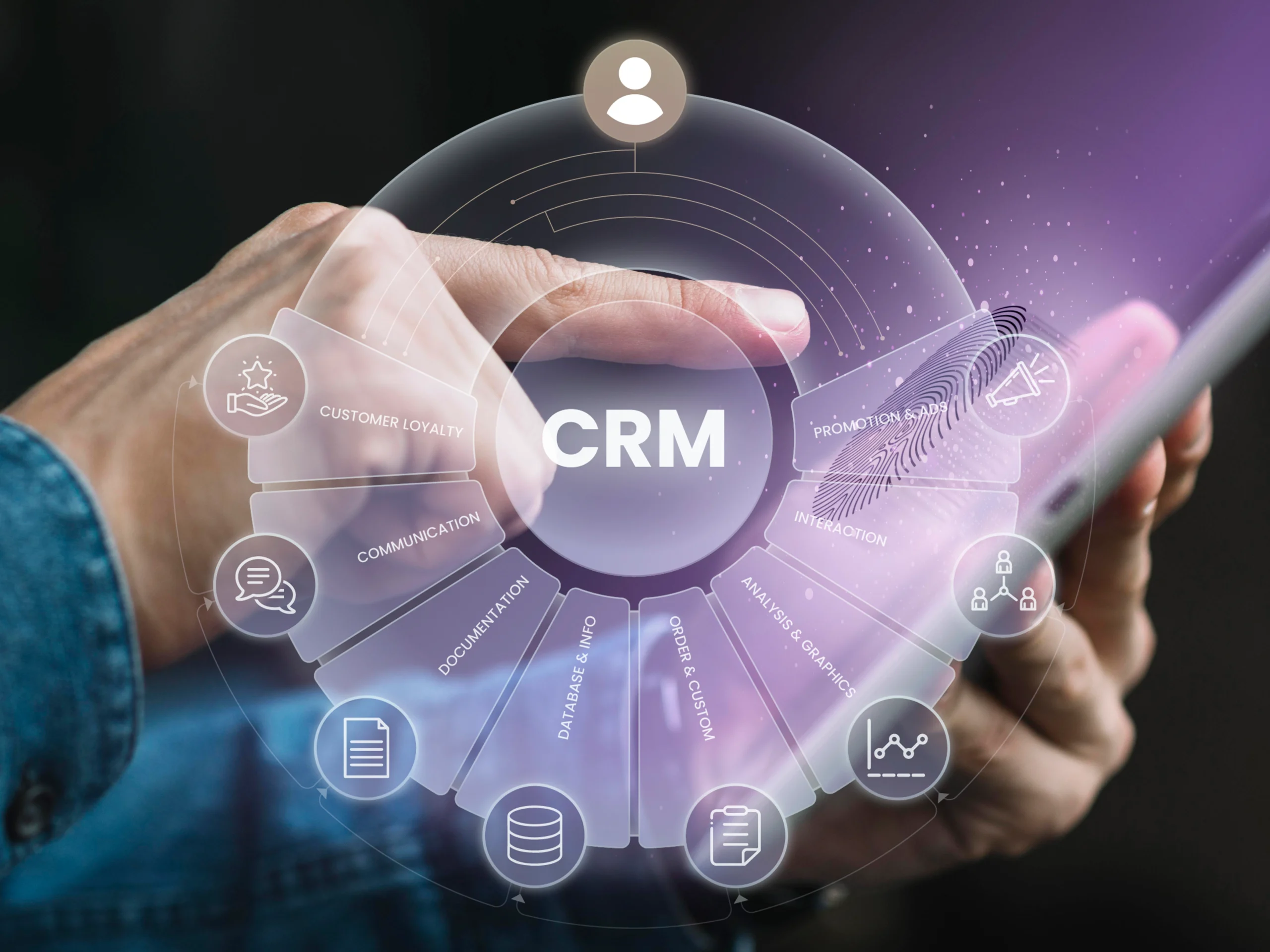Introduction
In an era where customer-centricity is paramount, organizations are increasingly turning to technology to enhance their Customer Relationship Management (CRM) strategies. The integration of artificial intelligence (AI) into CRM systems has introduced powerful predictive analytics capabilities that can significantly drive sales growth and maximize customer lifetime value (CLV). Predictive analytics utilizes historical data and machine learning algorithms to forecast future customer behaviors, enabling businesses to tailor their marketing strategies effectively. This blog critically examines the role of AI-driven predictive analytics in CRM, exploring its impact on sales growth, customer retention, and the ethical challenges organizations face.
The Importance of Predictive Analytics in CRM
Predictive analytics has become a key element in modern CRM strategies. By analyzing vast amounts of data—from customer demographics to purchasing behaviors—organizations can uncover patterns and trends that inform decision-making. A McKinsey study indicates that companies utilizing data-driven decision-making effectively are 23 times more likely to gain new customers, 6 times more likely to retain existing ones, and 19 times more likely to achieve profitability.
In the context of CRM, predictive analytics enables organizations to segment their customer base more effectively. This segmentation allows for personalized marketing efforts, which are critical for enhancing customer engagement. For instance, predictive models can identify high-value customers who are more likely to respond positively to targeted promotions or cross-selling opportunities. By directing resources toward these high-potential segments, businesses can refine their marketing strategies and boost their return on investment (ROI).
Enhancing Sales Forecasting Accuracy
A major benefit of integrating AI and predictive analytics into CRM is the increased accuracy of sales forecasting accuracy. Traditional forecasting methods often rely on historical sales data and external factors such as market trends, which can lead to inaccuracies. In contrast, AI-driven predictive analytics analyzes real-time data and continuously adapts to changes in customer behavior and market conditions (Ledro et al., 2023).
A study by Salesforce indicates that organizations using predictive analytics for sales forecasting can achieve up to a 20% increase in forecasting accuracy. This improved accuracy enables businesses to make data-driven decisions about inventory management, resource allocation, and sales strategies. As a result, organizations can meet customer demands more effectively and minimize the risk of stockouts or overstock situations.
Maximizing Customer Lifetime Value
Customer lifetime value (CLV) is an essential metric that calculates the total revenue a business can anticipate from a customer over the course of their entire relationship. By leveraging predictive analytics, organizations can gain insights into the factors that contribute to higher CLV (Ali & Shabn, 2024). For example, predictive models can identify which customers are likely to churn and the underlying reasons behind it. Armed with this information, businesses can proactively implement retention strategies to mitigate churn risks.
Moreover, AI-driven CRM systems enable organizations to deliver personalized customer experiences, which are essential for maximizing CLV. By analyzing customer behavior and preferences, businesses can tailor their communications and offers to meet individual needs (Tyrväinen et al., 2020). This personalization fosters deeper connections with customers and encourages repeat purchases, ultimately driving higher CLV.
Ethical Considerations and Challenges
While the benefits of integrating AI in CRM through predictive analytics are substantial, organizations must also navigate various ethical challenges. Data privacy concerns are at the forefront, particularly with increasing regulations such as the General Data Protection Regulation (GDPR) and the California Consumer Privacy Act (CCPA). Businesses must ensure that customer data is collected, stored, and used responsibly, with explicit consent from customers. Additionally, there is issue concerning the quality of data. Predictive analytics relies heavily on accurate and comprehensive data (Bentotahewa et al., 2022). Inaccurate data quality can result in flawed predictions and subpar business decisions. Organizations must invest in data governance and cleaning processes to ensure that the insights generated from predictive analytics are reliable and actionable.
Balancing Automation with Human Insight
Another critical aspect of successfully integrating AI in CRM is balancing automation with human insight. While AI can provide valuable data-driven insights, it cannot fully replace the emotional intelligence and contextual understanding that human agents bring to customer interactions. Sales teams must interpret predictive analytics results and apply their knowledge of customer relationships to develop effective strategies. Additionally, organizations must adopt an agile approach to CRM. The integration of AI and predictive analytics is not a one-time implementation; it requires continuous adaptation and learning based on customer feedback and market dynamics (Chatterjee et al., 2021). Businesses that remain flexible and open to innovation will be better positioned to leverage the full potential of AI-driven CRM.
Conclusion
Integrating AI in CRM through predictive analytics presents a transformative opportunity for organizations seeking to drive sales growth and enhance customer lifetime value. By improving sales forecasting accuracy and enabling personalized customer experiences, predictive analytics equips businesses with the tools needed to thrive in a competitive landscape. However, organizations must also address ethical challenges related to data privacy and quality, ensuring that their practices align with customer expectations. Ultimately, the successful integration of AI in CRM will hinge on striking a balance between technological capabilities and human insight, fostering customer relationships that are both profitable and sustainable in the long term.
References
Ali, N., & Shabn, O. S. (2024). Customer lifetime value (CLV) insights for strategic marketing success and its impact on organizational financial performance. Cogent Business & Management, 11(1).
Bentotahewa, V., Hewage, C., & Williams, J. (2022). The Normative Power of the GDPR: A Case Study of Data Protection Laws of South Asian Countries. SN Computer Science, 3(3).
Chatterjee, S., Chaudhuri, R., Vrontis, D., Thrassou, A., & Ghosh, S. K. (2021). Adoption of artificial intelligence-integrated CRM systems in agile organizations in India. Technological Forecasting and Social Change, 168, 120783.
Ledro, C., Nosella, A., & Pozza, I. D. (2023). Integration of AI in CRM: Challenges and guidelines. Journal of Open Innovation: Technology, Market, and Complexity, 9(4), 100151–100151.
Tyrväinen, O., Karjaluoto, H., & Saarijärvi, H. (2020). Personalization and hedonic motivation in creating customer experiences and loyalty in omnichannel retail. Journal of Retailing and Consumer Services, 57. Science Direct .







